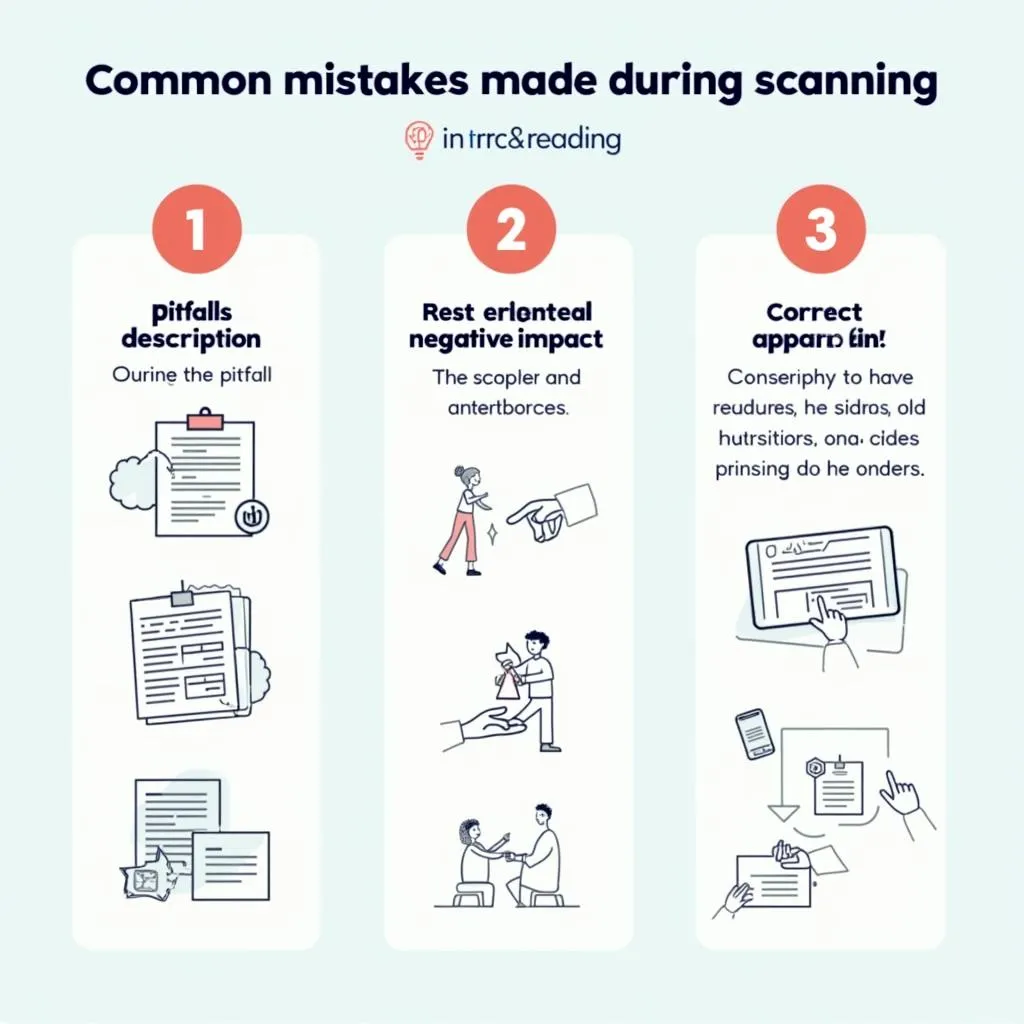The PTE Reading Module is a crucial component of the Pearson Test of English Academic, challenging test-takers to demonstrate their ability to comprehend written English efficiently. Among the various skills required, scanning plays a pivotal role in navigating through texts and locating specific information quickly. In this comprehensive guide, we’ll explore essential scanning tips to help you excel in the PTE reading module and boost your overall performance.
Understanding the Importance of Scanning in PTE Reading
Scanning is a vital skill that allows you to quickly identify key information within a text without reading every word. In the PTE reading module, where time management is crucial, mastering this technique can significantly improve your performance and score.
How to practice skimming and scanning for PTE provides valuable insights into developing these essential skills. By honing your scanning abilities, you’ll be better equipped to tackle various question types in the reading section efficiently.
The Role of Scanning in Different PTE Reading Tasks
Scanning is particularly useful in several PTE reading tasks, including:
- Multiple-choice questions
- Re-order paragraphs
- Fill in the blanks
- Reading & writing: Fill in the blanks
By employing effective scanning techniques, you can quickly locate relevant information and save precious time during the exam.
Essential Scanning Tips for PTE Reading Success
1. Familiarize Yourself with Question Types
Before diving into the text, carefully read the questions to understand what information you need to find. This approach allows you to scan more effectively, focusing on specific details or keywords.
2. Identify Keywords and Phrases
Highlight or underline key terms in the questions. These will serve as your guideposts when scanning the text, helping you quickly locate relevant information.
3. Use Your Finger or Cursor as a Guide
When scanning, use your finger or cursor to guide your eyes down the page. This technique helps maintain focus and prevents you from getting lost in the text.
 Using finger as a guide in PTE reading scanning
Using finger as a guide in PTE reading scanning
4. Practice Zigzag Scanning
Employ a zigzag pattern when scanning longer passages. This method allows you to cover more text quickly while still catching important details.
5. Focus on Topic Sentences
Pay special attention to the first and last sentences of each paragraph. These often contain key information and can help you quickly grasp the main ideas.
6. Utilize Textual Features
Take advantage of headings, subheadings, bold or italicized text, and other formatting cues. These elements often highlight important information and can guide your scanning process.
7. Don’t Get Bogged Down in Details
Remember, the goal of scanning is to locate specific information quickly. Avoid getting caught up in reading every word or trying to understand complex sentences in detail.
 Focused scanning in PTE reading
Focused scanning in PTE reading
Advanced Scanning Strategies for PTE Reading
1. Develop Your Peripheral Vision
Train your eyes to take in more information at a glance by practicing exercises that expand your peripheral vision. This skill can significantly enhance your scanning speed and accuracy.
2. Use Context Clues
When scanning for specific information, pay attention to surrounding context. This can help you quickly determine if you’ve found the relevant details or need to continue searching.
3. Practice with Varied Text Types
Expose yourself to a wide range of text formats and subjects similar to those found in the PTE exam. This diversity will help you become more adaptable and efficient in your scanning techniques.
PTE academic test modules breakdown offers valuable insights into the various components of the exam, including the reading module. Familiarizing yourself with these modules can enhance your overall preparation strategy.
4. Time Yourself Regularly
Incorporate timed practice sessions into your study routine. This will help you develop a sense of pacing and improve your ability to scan quickly under pressure.
5. Combine Scanning with Other Reading Techniques
Learn to seamlessly transition between scanning, skimming, and detailed reading as needed. This flexibility will allow you to approach different question types more effectively.
Common Pitfalls to Avoid in PTE Reading Scanning
- Over-relying on scanning: While scanning is crucial, it’s important to balance it with other reading techniques for comprehensive understanding.
- Neglecting context: Avoid focusing solely on individual words or phrases without considering their context within the passage.
- Rushing through the text: Scanning quickly doesn’t mean sacrificing accuracy. Maintain a steady pace that allows for both speed and precision.
 Common pitfalls in PTE reading scanning
Common pitfalls in PTE reading scanning
Expert Insights on PTE Reading Scanning
Dr. Emma Thompson, a renowned PTE preparation specialist, emphasizes the importance of regular practice:
“Consistent practice is key to mastering scanning techniques in PTE reading. I recommend dedicating at least 15-20 minutes daily to focused scanning exercises, gradually increasing the complexity of texts as you improve.”
Professor Michael Chen, a language assessment expert, adds:
“One often overlooked aspect of effective scanning is the ability to quickly discard irrelevant information. Train yourself to recognize when a section of text doesn’t contain what you’re looking for and move on swiftly.”
Integrating Scanning Practice into Your PTE Preparation
To maximize your scanning skills for the PTE reading module, consider the following strategies:
- Use official PTE practice materials to familiarize yourself with the exam format and question types.
- Create a study schedule that includes daily scanning exercises.
- Practice with a variety of texts, including academic articles, news reports, and scientific papers.
- Utilize online resources and PTE preparation tools to supplement your practice.
PTE official mock test analysis and strategies can provide valuable insights into how to approach the reading module and improve your scanning techniques in a test-like environment.
Conclusion: Mastering PTE Reading Module Scanning
Developing strong scanning skills is essential for success in the PTE reading module. By implementing these tips and strategies, and consistently practicing your scanning techniques, you’ll be well-equipped to tackle the challenges of the exam with confidence. Remember, effective scanning is not just about speed, but also about accuracy and strategic reading. Keep refining your skills, and you’ll see significant improvements in your PTE reading performance.
Frequently Asked Questions
How long should I spend scanning a passage in the PTE reading module?
The time spent scanning should vary depending on the length and complexity of the passage, but generally aim for 30-60 seconds of initial scanning before addressing specific questions.
Can scanning techniques be applied to all question types in the PTE reading module?
While scanning is particularly useful for certain question types, it can be beneficial across all reading tasks when used in conjunction with other reading strategies.
How can I improve my scanning speed for the PTE reading module?
Regular practice, expanding your vocabulary, and developing your peripheral vision are key to improving scanning speed. Timed exercises can also help you become more efficient.
Is it necessary to understand every word when scanning in the PTE reading module?
No, the goal of scanning is to quickly locate specific information. Focus on key terms and phrases related to the questions rather than trying to comprehend every word.
How does scanning differ from skimming in the PTE reading context?
Scanning involves looking for specific information or keywords, while skimming aims to get a general overview of the text. Both techniques are valuable in the PTE reading module.
What role does vocabulary play in effective scanning for PTE reading?
A strong vocabulary enables quicker recognition of synonyms and related terms, making scanning more efficient. Regularly expanding your academic vocabulary can significantly enhance your scanning abilities.